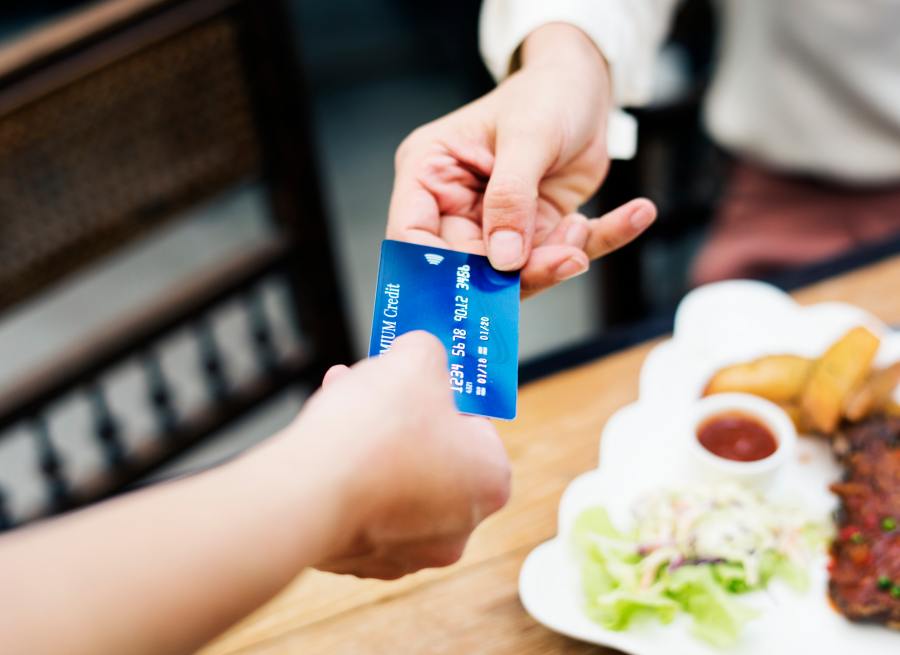
Cash and checks are easy to lose, and credit cards are handy but potentially dangerous if not managed wisely. That’s why many people rely on debit cards for shopping convenience. They make a great alternative to carrying cash but only use the cash you have readily available in your checking account without adding to your debt. Read on to learn how to choose the right debit card for you.
Prepaid vs. Traditional Debit Cards
The first step in choosing a debit card is to decide which kind will work for you. A traditional debit card is linked to your bank account. When you use it, funds come directly out of your account as if you were paying with a check — only faster and more securely. Some debit cards give you the option to use them as if they are credit cards but still rely on funds from your linked account.
A prepaid debit card doesn’t require a linked account. Instead, you load money onto the card and use it until it runs out or you load more money. Some people like to use prepaid cards as a budgeting tool because you can only spend as much as you put on them. They are also a good way to teach financial responsibility to a teen without using a credit card.
Choose Important Features
The next step is to determine the features of a debit card are important to you. Some standard features to look for include:
Do you need a card you can use overseas? Some banks charge more than others for using a debit card out of the country, so keep this in mind if you travel a lot.
Fees and Charges
There are various fees and charges that banks may assess on debit cards, including:
Be sure to read the fine print. If you plan to ask for a lot of cash back on your transactions, look for a debit card that is free (or cheap) to use for this purpose. Make sure the bank has conveniently located in-network ATMs. If you have to pay the out-of-network fees all the time, they add up quickly. You can also find no-fee debit cards, although they probably won’t come with as many perks.
Decide on a Rewards Program
These days, bank debit cards with rewards are few and far between. Debit cards tend to have low fees, mainly because laws restrict banks from charging much on transactions. Banks don’t make very much money on debit cards, so they don’t need to incentivize them with rewards.
If it’s important to you, you might have to switch banks to find a good program that fits your spending habits. Finding cash-back programs is similar to finding a needle in a haystack. They exist, but you should expect to do some digging. Point-based systems and relationship rewards are more common and tend to be more restrictive than cash back. You can usually only use points at certain stores or for certain items. Relationship rewards usually come in the form of discounts, which also limits use. If you find a program that offers debit card points for stores you already shop at, that’s money back in your pocket.
Start Using Your New Card
Once you find the right bank, it’s usually easy to open an account and get a card. Many don’t even require a credit check. If you lose your card, you may have to pay a replacement fee.





